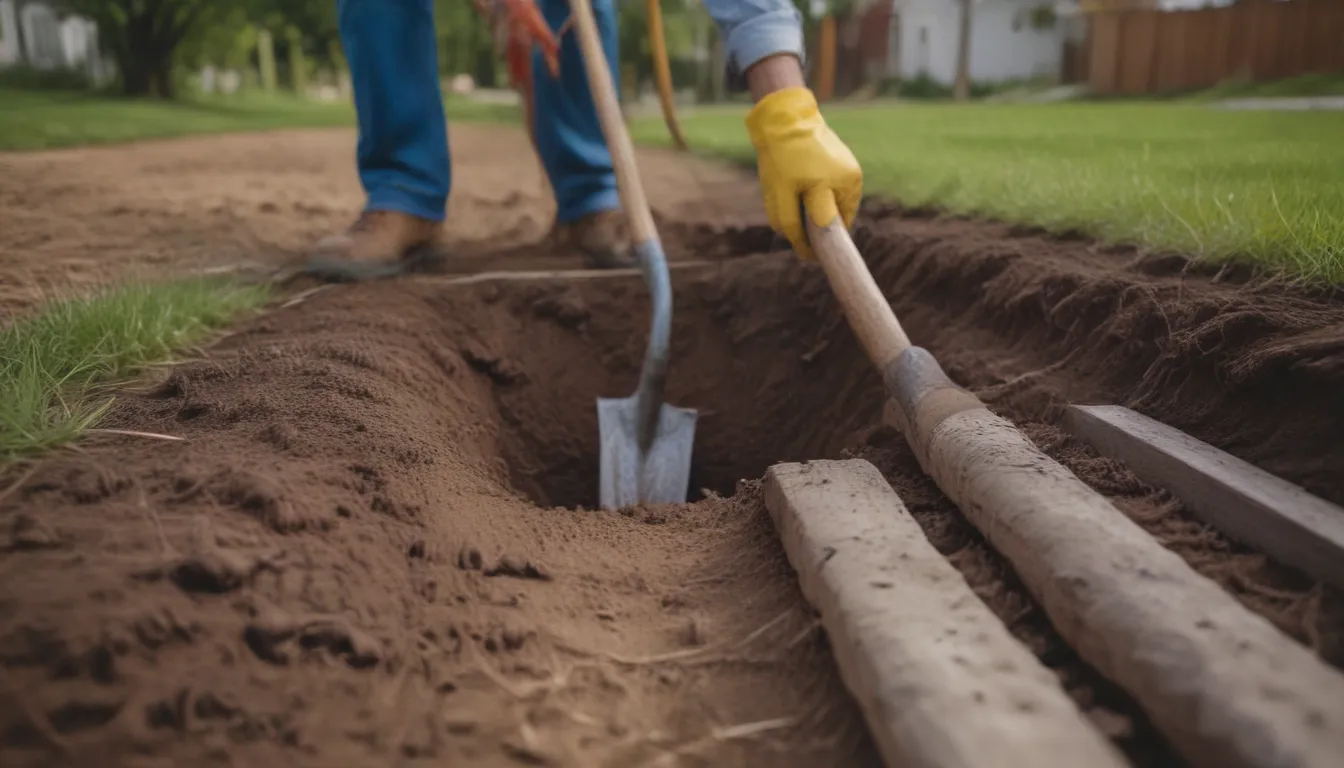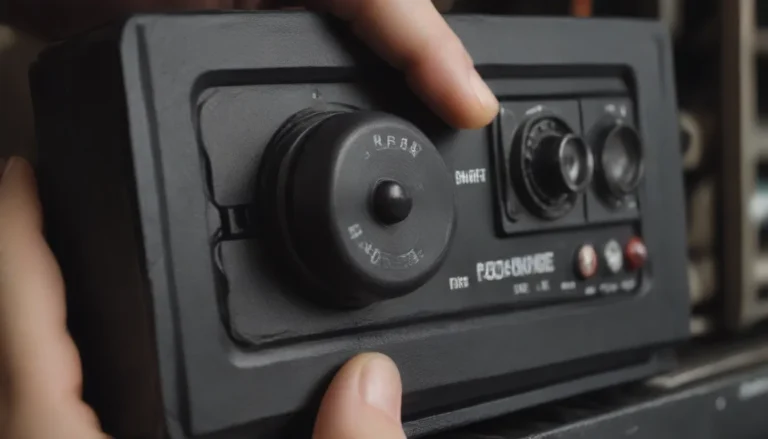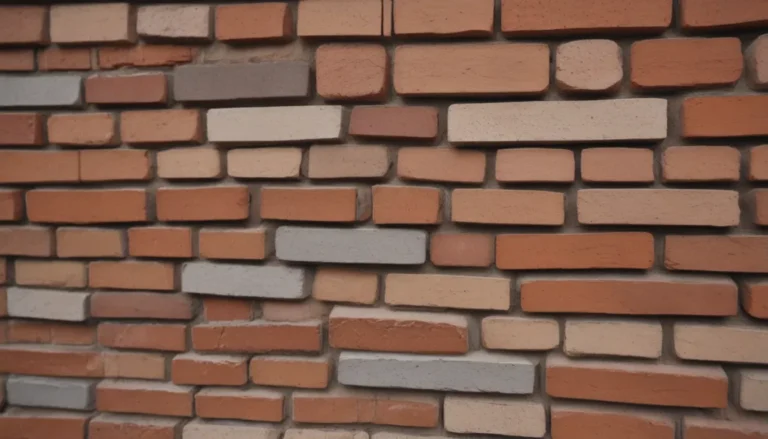Digging Safely: How to Avoid Utility Lines in Your Yard

Are you planning to dig in your yard for landscaping, installing a fence, or other projects? Before you pick up that shovel, it’s crucial to know what lies beneath the surface. Utility lines like electric, water, cable, sewer, and gas lines crisscross your property, and hitting one can lead to expensive repairs or, worse, a dangerous situation.
In this in-depth guide, we’ll explore how deep utility lines are buried, the importance of calling utility marking services, how to find utility lines by yourself, the significance of calling 811 before you dig, and essential tips for digging safely around utility lines. So, let’s dive in and ensure your next digging project goes smoothly!
Understanding Utility Line Depths
When it comes to buried utility lines, electrical lines are of the utmost concern due to their potential hazards. The depth at which utility lines are buried can vary depending on the type of line:
- Depth of low voltage wire: 1 to 2 inches
- Depth of electric lines on the property: 24 inches
- Depth of high voltage cables: 36 to 42 inches
Knowing these depths can help you gauge the risk associated with digging in your yard. Remember, safety always comes first!
Why You Should Call 811 Utility Marking Services
Calling 811 before you dig is not just a good idea—it’s often the law. Many states have “dig laws” that mandate contacting the local utility marking service before any excavation work on your property. Here are some reasons why you should always call 811:
- Avoiding costly damages: Hitting a utility line can result in expensive repair bills.
- Preventing safety hazards: Damaging gas or electrical lines can pose serious safety risks.
- Legal requirement: It may be mandatory to call 811 before digging in your area.
Can You Find Utility Lines by Yourself?
While you can try to locate utility lines on your own by tracing their general direction, it’s always best to confirm their exact locations with a professional locating service. Over time, the locations of utility lines can be forgotten or change due to landscaping or other activities on the property. Therefore, relying solely on your memory or visual cues is not recommended.
How to Safely Dig Around Utility Lines
To ensure a safe digging experience and prevent damage to underground utilities, follow these tips:
- Always call 811: Contact the national 811 number before starting any excavation project.
- Check utility line color codes: Different utilities are marked with specific colors to identify them easily.
- Know the limitations of 811: While 811 will mark public utility lines, you may need to contact private companies for locating private lines.
- Plan ahead: Call 811 at least three days before digging but no more than 30 days in advance to allow for scheduling and marking.
- Use regional services: Some states offer regional services that can provide additional assistance for locating utility lines.
- Be cautious: Approximating the location of utility lines on your own is risky—always rely on professional services for accurate markings.
By following these guidelines, you can safely navigate around underground utility lines and complete your excavation project without any mishaps.
Regional and State Services
In addition to the national 811 service, many regions offer their own web portals and services for safe digging practices. These regional services can provide valuable information, online scheduling options, and connections to private locators for non-public utility lines. By utilizing these resources, you can ensure a comprehensive approach to digging safely in your area.
Conclusion
Digging in your yard can be a rewarding activity, but it’s essential to do so safely and responsibly. By understanding the depths at which utility lines are buried, calling 811 before you dig, and following the necessary precautions, you can avoid costly damages and potential hazards.
Remember, when it comes to underground utilities, a little preparation goes a long way. So, before you break ground on your next project, take the time to ensure a safe and successful excavation experience. Your property and your safety depend on it!





